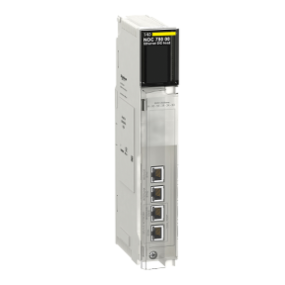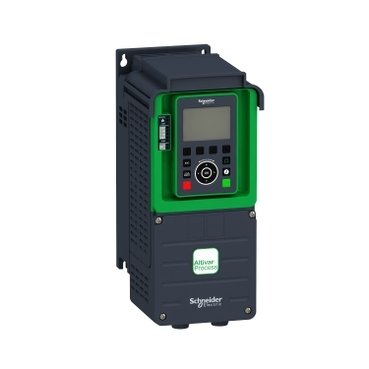Description
Product Overview
The part number “416NHM21234” is associated with Schneider Electric, a leading manufacturer of electrical equipment and automation solutions. Specifically, this part number likely refers to a circuit breaker or a related electrical protection device designed for industrial and commercial applications.
Breakdown of the Part Number
- Prefix (416):
- The prefix “416” typically denotes a specific series or category of products within Schneider Electric’s catalog. This could indicate characteristics such as the design type, application focus, or market segment for which the product is intended.
- Main Code (NHM21234):
- NHM: This part of the code signifies a particular series or model line within Schneider Electric’s circuit breaker offerings. The “NHM” series may be distinguished by certain features or intended applications, such as high-performance industrial settings or specific voltage ratings.
- 21234: The numeric sequence following “NHM” serves to differentiate this specific model or variant within the NHM series. It often details key specifications such as current ratings, trip characteristics, and other technical parameters that define its performance and compatibility.
Key Features and Specifications
- Voltage Rating: Specifies the maximum operating voltage under normal conditions. For instance, it might be rated for use with systems up to a certain voltage level, ensuring reliable operation and safety.
- Current Rating: Indicates the maximum current the breaker can handle without tripping. This parameter is crucial for determining the breaker’s capacity to protect circuits and equipment against overcurrent conditions.
- Trip Characteristics: Defines how quickly the breaker responds to overcurrent events. Different models within the NHM series may offer varying trip curves to suit specific application needs, such as fast-acting for sensitive equipment or delayed tripping for motor starting.
- Environmental Ratings: Information on operating temperature ranges, humidity tolerances, and other environmental conditions under which the breaker is designed to operate reliably.
- Mounting and Installation: Guidelines for proper installation in electrical panels or control systems. This includes details on mounting configurations, connection methods, and compliance with relevant installation standards.
Applications
The 416NHM21234 circuit breaker is typically employed in:
- Industrial Control Panels: Provides essential overcurrent protection for electrical circuits powering machinery, motors, and other industrial equipment.
- Power Distribution: Ensures reliable distribution of electrical power in factories, buildings, and infrastructure projects.
- Automation Systems: Integrated into control systems to safeguard automated processes and prevent damage due to electrical faults.
Where to Find More Information
For detailed technical specifications, installation instructions, and application guidelines specific to the 416NHM21234 or similar Schneider Electric products, refer to:
- Schneider Electric Datasheets: Official product datasheets available on Schneider Electric’s website provide comprehensive details on features, performance curves, dimensions, and more.
- Technical Support: Contact Schneider Electric’s technical support team for personalized assistance, troubleshooting, and recommendations tailored to your specific project requirements.
By leveraging these resources, professionals in electrical engineering, maintenance, and industrial automation can ensure the proper selection, installation, and operation of the 416NHM21234 circuit breaker to meet their application needs effectively.
The 416NHM21234 from Schneider Electric is a versatile circuit protection device, ideal for safeguarding electrical systems in industrial settings. With customizable trip curves and a robust design, it offers dependable performance in controlling overcurrent conditions, crucial for maintaining operational continuity and equipment safety.





